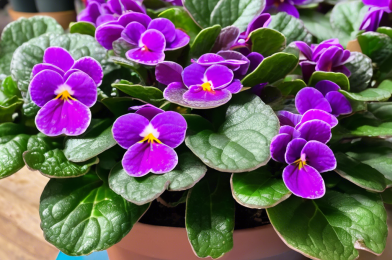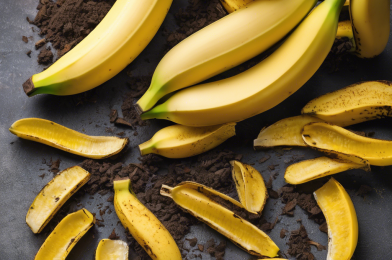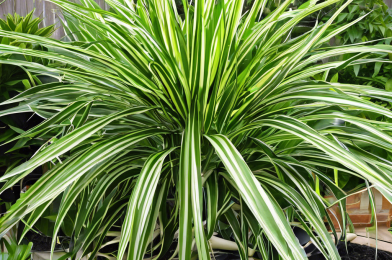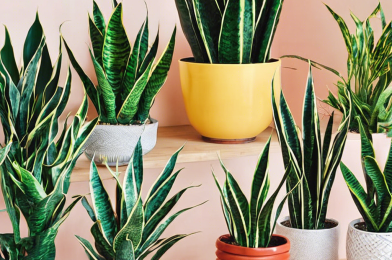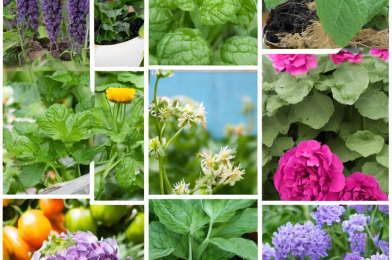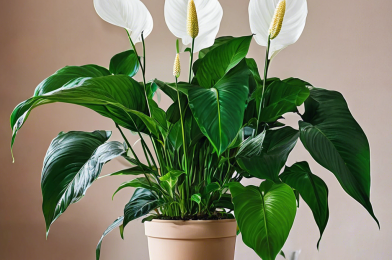Are you longing for a burst of vibrant color and a touch of charm in your indoor garden? Look no further than the captivating African Violet (Saintpaulia), a beloved houseplant for generations. With their lush foliage and dainty blooms, these beauties can grace your home with a profusion of flowers throughout the year. But to unlock their full potential, you need more than just a green thumb. Get ready to discover the secrets behind making your African Violets flourish and dazzle like never before!
**Sunlight: The Elixir of Life for African Violets**
African Violets are sun worshippers, but they prefer their rays in a gentle, indirect fashion. Place your plants near windows that receive bright, filtered light. East- or north-facing windows are often ideal, as they provide the perfect balance of illumination without the harsh intensity of direct sunlight, which can scorch the delicate leaves. If natural light is scarce, consider using grow lights. These artificial illuminators can mimic the sun’s magic, providing the necessary light spectrum for your African Violets to thrive.
**Watering Wisdom: The Art of Hydration**
The key to happy, blooming African Violets lies in mastering the watering technique. These plants are finicky drinkers, preferring their roots to stay moist but never soggy. The crown of the plant, where new leaves emerge, should remain dry to prevent rot. Water your violets with room-temperature water, and aim to keep the soil consistently moist. A popular method is the ‘wicking’ technique, where a cotton or nylon rope is used to draw water up into the soil from a reservoir below. This ensures the plant gets the right amount of water without overwatering.
**Nurturing with Nutrients: The Fuel for Flowers**
African Violets need a steady diet of nutrients to support their blooming prowess. Use a balanced, water-soluble fertilizer designed for blooming plants, and feed your violets every two weeks during the growing season. A diluted fertilizer solution, applied gently to the soil, will provide the necessary nutrients without burning the roots. Remember, less is more. Over-fertilizing can lead to excessive foliage growth at the expense of flowers.
Stay tuned for the next sections, where we’ll explore the perfect soil mix, ideal humidity and temperature conditions, and the magic touch of repotting for your African Violet’s blooming success!
